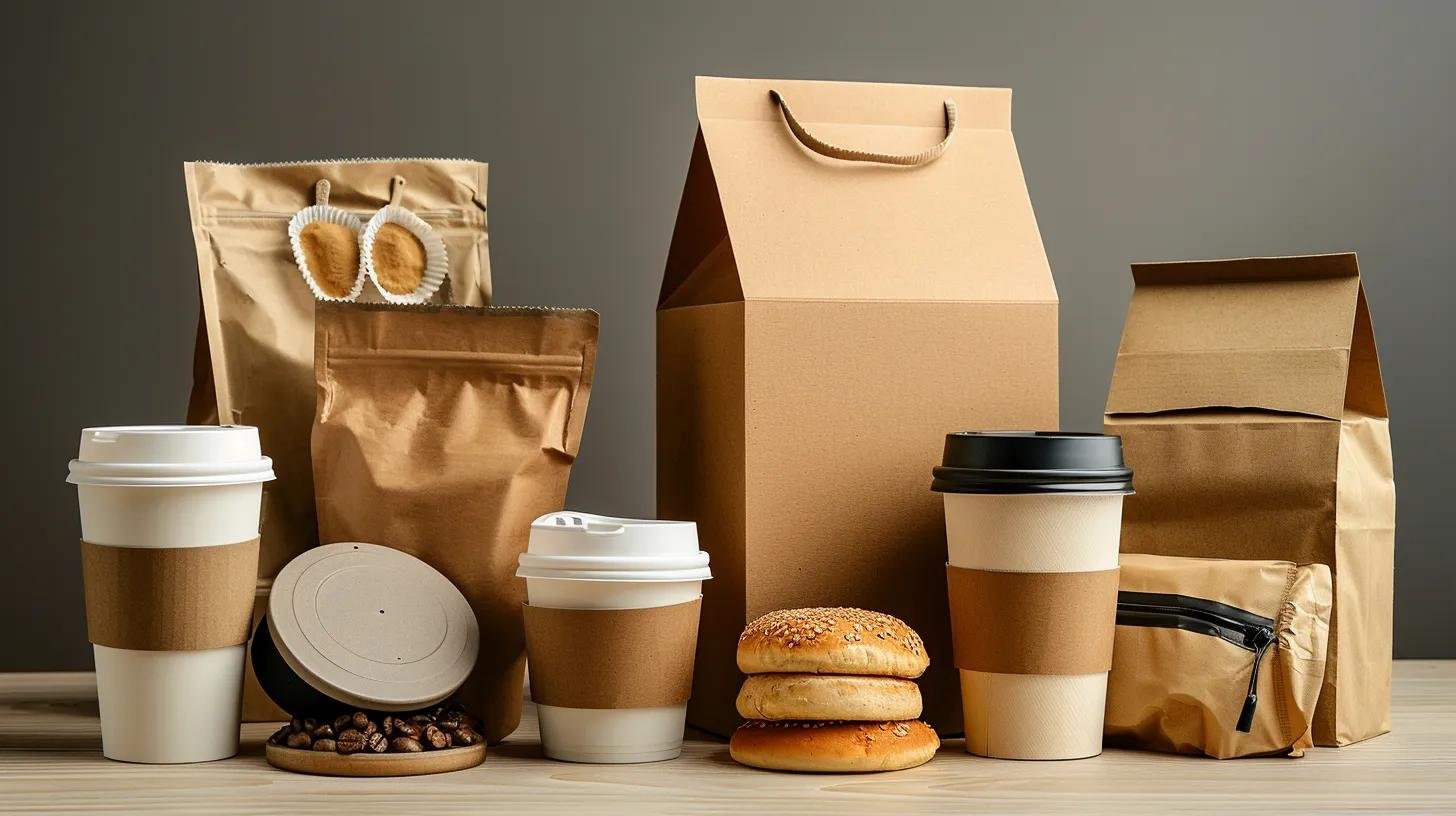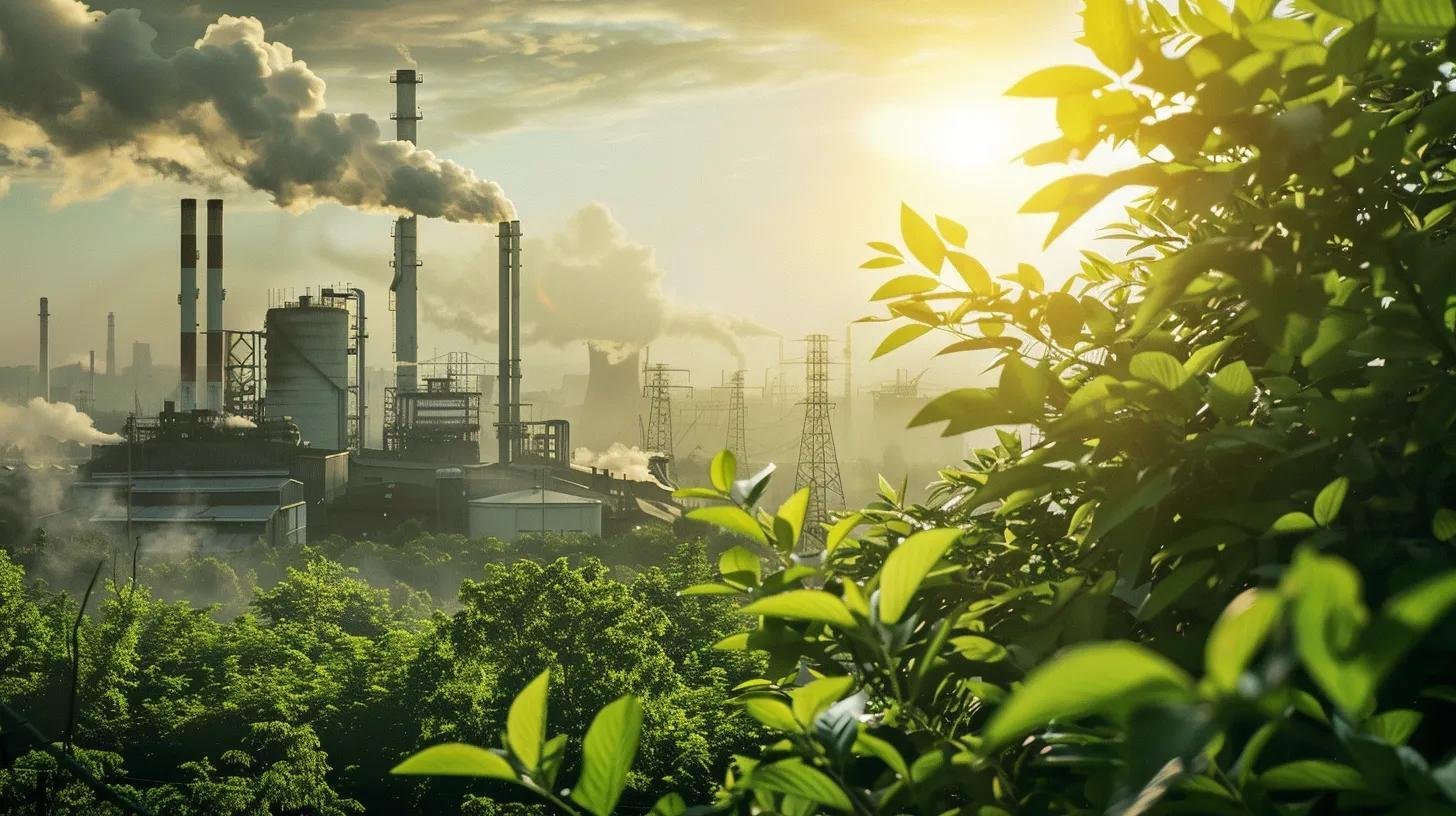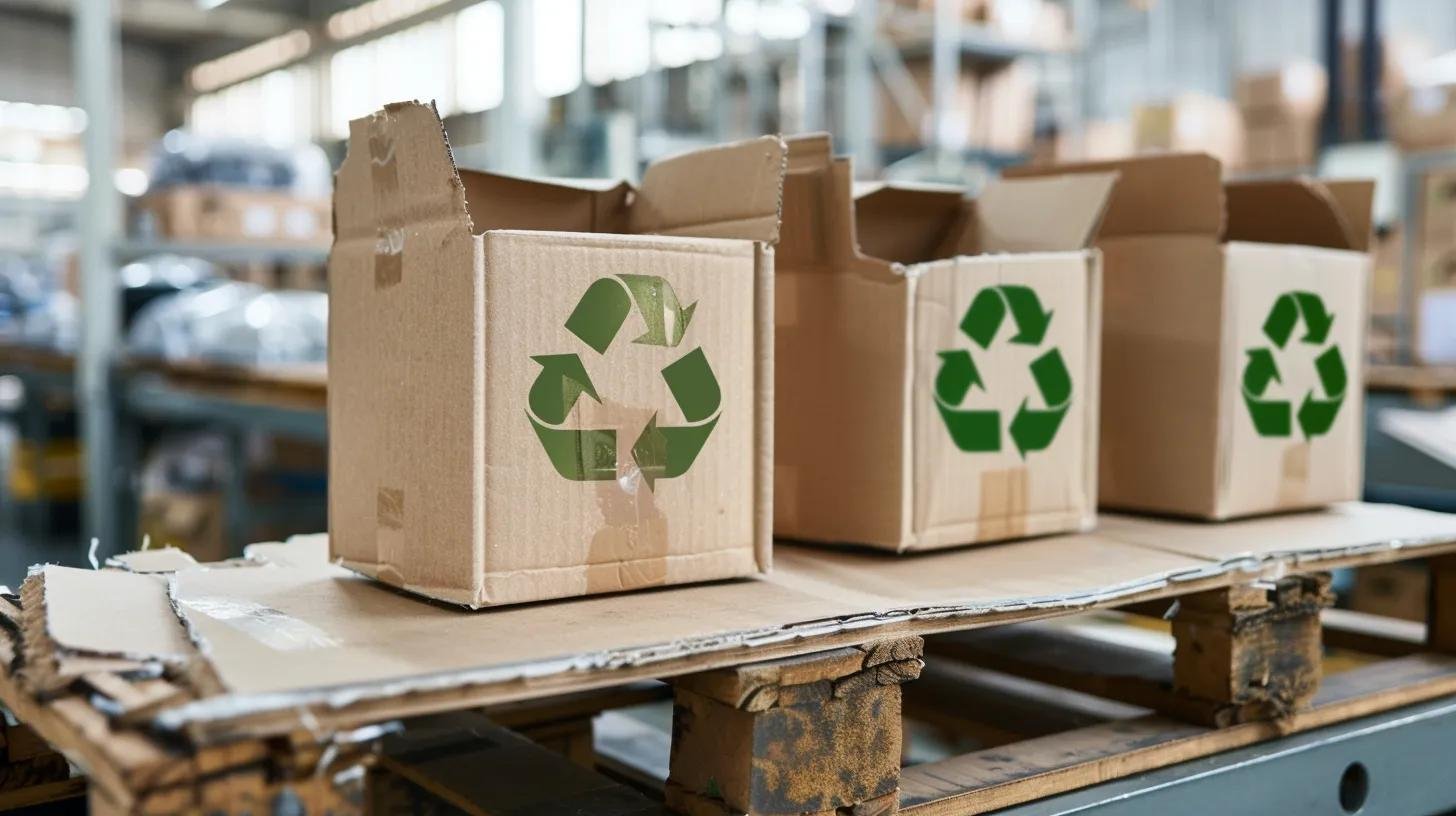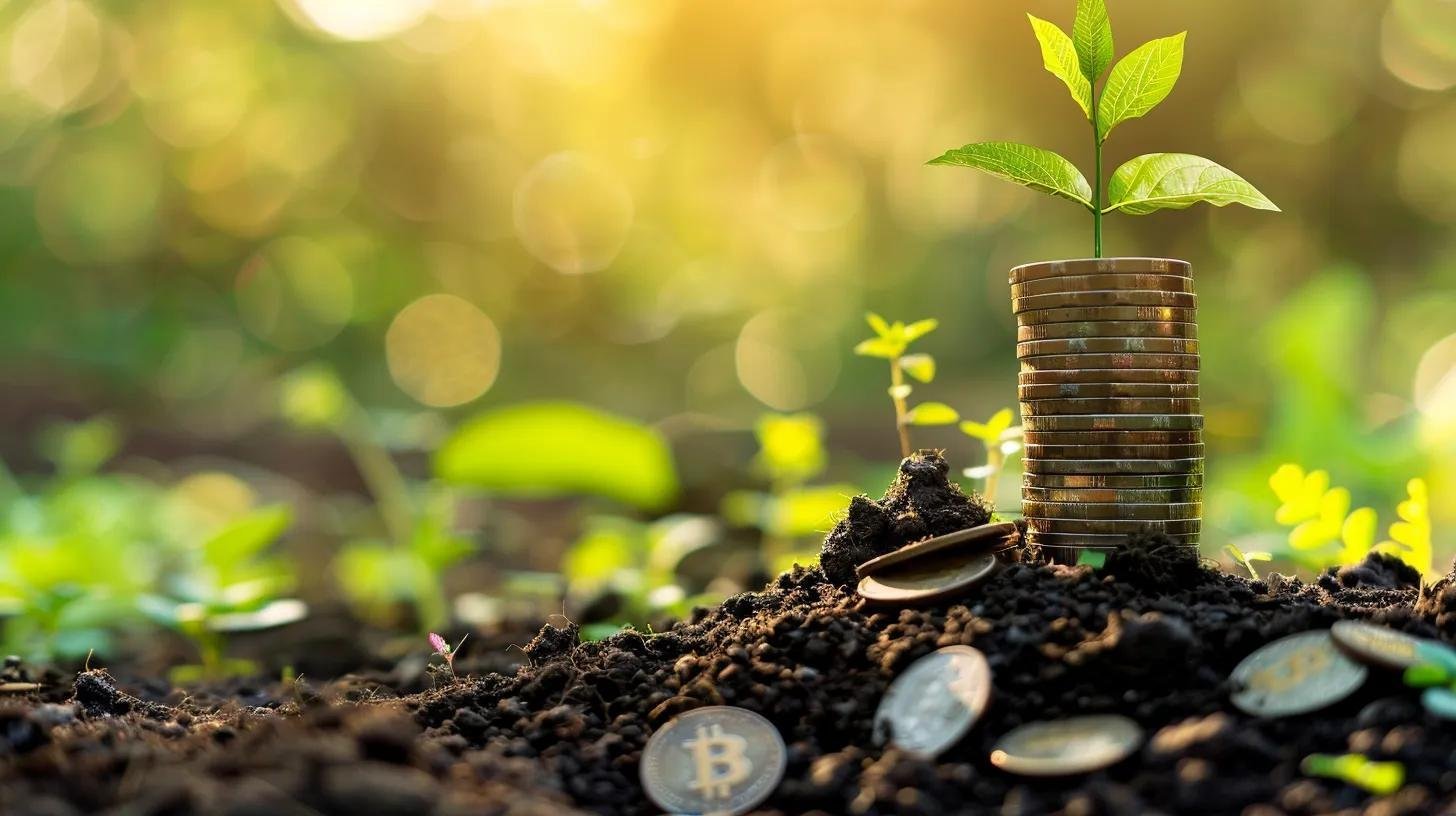Paper Bag Machines vs. Plastic Alternatives: What’s Better for Industry?

Optimizing Packaging: Paper Bags vs. Plastic AlternativesPaper Bag Machines vs. Plastic Alternatives: What’s Better for Industry?
The packaging industry stands at a critical crossroads. As environmental regulations tighten and consumer demand for sustainable packaging solutions grows, businesses face a pivotal decision: invest in paper bag machines or stick with plastic alternatives. This choice isn’t just about environmental responsibility—it’s about future-proofing your business, controlling costs, and staying competitive in an evolving marketplace.
The stakes are higher than ever. Companies that make the right choice today will capture market share, reduce regulatory risks, and build customer loyalty. Those who don’t risk being left behind as sustainability becomes a business imperative rather than a nice-to-have feature. Climate change is a strong force to take action for many companies.
The Current State of Industrial Packaging
Global packaging trends reveal a dramatic shift toward eco-friendly packaging. The sustainable packaging market is projected to reach $440 billion by 2028, growing at 6.1% annually. Meanwhile, plastic packaging faces increasing restrictions, with over 170 countries implementing plastic bag bans or fees.
Industry Pressure Points:
- Regulatory compliance: New environmental regulations impose costly compliance requirements
- Consumer demand: 73% of global consumers willing to pay more for sustainable packaging
- Corporate responsibility: Major retailers mandating sustainable packaging from suppliers
- Cost volatility: Fluctuating oil prices affecting plastic material costs

Paper Bag Machines: The Sustainable Powerhouse
Modern paper bag machines represent a sophisticated solution for companies seeking sustainable packaging without compromising performance. These systems have evolved far beyond simple paper folding to become high-precision manufacturing platforms.
Advanced Paper Bag Machine Technology
High-Speed Production Capabilities: Today’s paper bag machines achieve speeds of 200-400 bags per minute while maintaining precise dimensions and consistent quality. Advanced servo motor controls ensure accurate positioning, while multi-station designs enable simultaneous operations for maximum throughput.
Versatile Material Handling: Modern machines process various paper grades from lightweight kraft to heavy-duty multi-wall papers. They can handle coated papers for moisture resistance, recycled content papers for maximum sustainability, and specialty papers with custom printing and branding.
Quality Control Integration: Built-in quality systems include real-time weight monitoring, dimension verification, seal strength testing, and automatic reject systems for defective bags. This ensures consistent quality that meets industrial standards.
Economic Advantages of Paper Bag Machines
Lower Total Cost of Ownership: While initial investment may be higher, paper bag machines offer significant long-term savings:
- Material costs: Paper materials often cost 15-25% less than equivalent plastic alternatives
- Energy efficiency: Modern machines consume 30-40% less energy than comparable plastic systems
- Maintenance costs: Simpler mechanical systems reduce maintenance complexity and costs
- Regulatory compliance: Avoid potential fines and compliance costs associated with plastic restrictions
Revenue Opportunities: Companies with paper bag machines can capture premium pricing for eco-friendly packaging, access new markets with sustainability requirements, and qualify for green business incentives and certifications.
 Environmental Impact and Sustainability
Environmental Impact and Sustainability
Carbon Footprint Reduction: Paper bag production generates 40-60% lower carbon emissions compared to plastic alternatives. The renewable nature of paper materials means lower lifetime environmental impact, while biodegradability ensures no long-term environmental burden.
Circular Economy Benefits: Paper bags integrate seamlessly into circular economy models through established recycling infrastructure, compostability in industrial and home composting systems, and renewable resource utilization from sustainably managed forests.
Supply Chain Sustainability: Paper materials typically source from local or regional suppliers, reducing transportation emissions and supporting local economies while providing more stable supply chains less dependent on volatile oil markets

Plastic Alternatives: Performance and Limitations
Despite environmental concerns, plastic packaging continues to offer certain performance advantages that make it attractive for specific industrial applications.
Performance Strengths
Durability and Protection: Plastic bags excel in moisture barrier properties, puncture resistance, chemical resistance, and extended shelf life preservation. These characteristics make them essential for certain products requiring maximum protection.
Production Efficiency: Plastic bag manufacturing offers extremely high production speeds (500-1000+ bags per minute), consistent quality with minimal variation, and lower labor requirements due to higher automation levels.
Cost Competitiveness: In pure material and production costs, plastic often maintains short-term advantages, particularly for high-volume, commodity applications where environmental considerations are secondary.
Growing Limitations and Risks
Regulatory Risks: Plastic packaging faces increasing restrictions worldwide. Compliance costs are rising, while potential bans threaten business continuity. Extended Producer Responsibility (EPR) schemes impose additional costs on plastic packaging users.
Market Acceptance Issues: Consumer resistance to plastic packaging is growing, with brand image risks for companies perceived as environmentally irresponsible. Major retailers increasingly prefer suppliers with sustainable packaging options.
Supply Chain Vulnerabilities: Plastic materials depend on volatile oil markets, creating price instability. Long supply chains from petrochemical facilities increase transportation costs and emission footprints.
Industry-Specific Considerations
Food and Agriculture
Paper bag machines excel in grain, flour, animal feed, and organic product packaging. The breathability of paper prevents moisture buildup, while food-grade paper ensures safety. However, products requiring extended moisture protection may still need plastic solutions although it has negative plastic pollution effects.
Retail and Consumer Goods
Paper bags provide superior branding opportunities with excellent printability and premium appearance. The sustainable image aligns with consumer values, though durability requirements for heavy items may favor plastic alternatives.
Construction and Industrial Materials
Multi-wall paper bags handle cement, chemicals, and industrial powders effectively. The strength and puncture resistance of modern paper bags rival plastic alternatives, while disposal advantages reduce waste management costs.
Pharmaceutical and Chemical
While paper bags can handle many applications, products requiring absolute moisture barriers or chemical resistance may still require specialized plastic solutions with appropriate safety certifications.

Technology Integration and Automation
Smart Paper Bag Machine Features
Digital Control Systems: Modern paper bag machines incorporate IoT connectivity for remote monitoring, predictive maintenance alerts, real-time production tracking, and quality control analytics. These features maximize uptime and optimize performance.
Flexible Manufacturing: Quick changeover capabilities enable efficient production of different bag sizes and styles. Modular designs allow easy upgrades and modifications, while automated setup reduces changeover times from hours to minutes.
Integration Capabilities: Paper bag machines integrate seamlessly with existing production lines, packaging systems, and warehouse automation. This ensures smooth workflow without major infrastructure changes.
Automation Advantages
Labor Efficiency: Automated paper bag machines reduce labor requirements while improving safety and consistency. Skilled operators can manage multiple machines, increasing overall productivity.
Quality Consistency: Automated systems maintain consistent quality standards, reduce human error, and provide detailed production data for continuous improvement initiatives.
Cost Analysis: Total Economic Impact
Initial Investment Comparison
Paper Bag Machine Investment:
- Machine cost: $150,000-$500,000 depending on capacity and features
- Installation and training: $20,000-$50,000
- Payback period: Typically 18-36 months for medium to high-volume operations
Plastic Alternative Systems:
- Machine cost: $100,000-$400,000 for comparable capacity
- Installation and training: $15,000-$40,000
- Operating costs: Higher material and energy costs over time
Long-Term Financial Impact
Operating Cost Advantages: Paper bag machines typically achieve 20-30% lower operating costs over 5-year periods due to lower material costs, reduced energy consumption, and minimal regulatory compliance expenses.
Market Premium Opportunities: Sustainable packaging commands 10-15% premium pricing in many markets, while access to sustainability-focused customers opens new revenue streams.
Risk Mitigation Value: Paper bag machines protect against regulatory changes, supply chain disruptions, and shifting consumer preferences, providing valuable business continuity insurance.

Making the Right Choice for Your Business
Decision Framework
Assess Your Requirements: Evaluate product protection needs, production volume requirements, quality standards, and customer expectations. Consider regulatory environment in your markets and long-term business strategy alignment.
Calculate True Costs: Include initial investment, operating costs, regulatory compliance expenses, and potential revenue premiums. Factor in risk mitigation value and future regulatory changes.
Consider Market Position: Analyze customer preferences, competitor strategies, and brand positioning goals. Evaluate opportunities for market differentiation through sustainable packaging.
Implementation Strategy
Phased Approach: Start with products where paper bags provide clear advantages, gradually expand to additional product lines, and maintain plastic alternatives only where absolutely necessary for product protection.
Hybrid Solutions: Many successful companies operate both paper bag machines and plastic alternatives, matching packaging type to specific product requirements while maximizing sustainability where possible.
Future Outlook and Trends
Technology Evolution
Advanced Materials: Next-generation paper materials offer enhanced barrier properties, improved strength, and specialized coatings that rival plastic performance while maintaining biodegradability.
Machine Innovation: Future paper bag machines will feature AI-powered optimization, even faster changeover capabilities, enhanced quality control systems, and improved energy efficiency.
Market Dynamics
Regulatory Acceleration: Environmental regulations will continue tightening, making sustainable packaging mandatory rather than optional. Early adopters gain competitive advantages before regulations force industry-wide changes.
Consumer Evolution: Sustainability consciousness continues growing, with younger consumers especially prioritizing environmental considerations in purchasing decisions.

Conclusion: The Strategic Advantage of Paper Bag Machines
The choice between paper bag machines and plastic alternatives isn’t just about packaging—it’s about positioning your business for long-term success. While plastic alternatives may offer short-term cost advantages in specific applications, paper bag machines provide superior strategic value through regulatory compliance, market differentiation, cost stability, and environmental responsibility.
Companies investing in paper bag machines today are making a strategic bet on the future of packaging. They’re positioning themselves ahead of regulatory changes, capturing growing market premiums for sustainable packaging solutions, and building customer loyalty through environmental responsibility.
The window for competitive advantage is closing as more companies recognize the benefits of sustainable packaging. Early adopters of paper bag machine technology will establish market leadership, optimize their operations, and build sustainable competitive advantages before the market fully transitions.
For most industrial applications, paper bag machines represent the optimal choice—combining immediate operational benefits with long-term strategic advantages. The question isn’t whether sustainable packaging will dominate the future, but whether your company will lead or follow this inevitable transformation.
The time for action is now. Companies that embrace paper bag machine technology today will thrive in tomorrow’s sustainable economy, while those who delay risk being left behind in an increasingly competitive and environmentally conscious marketplace.
